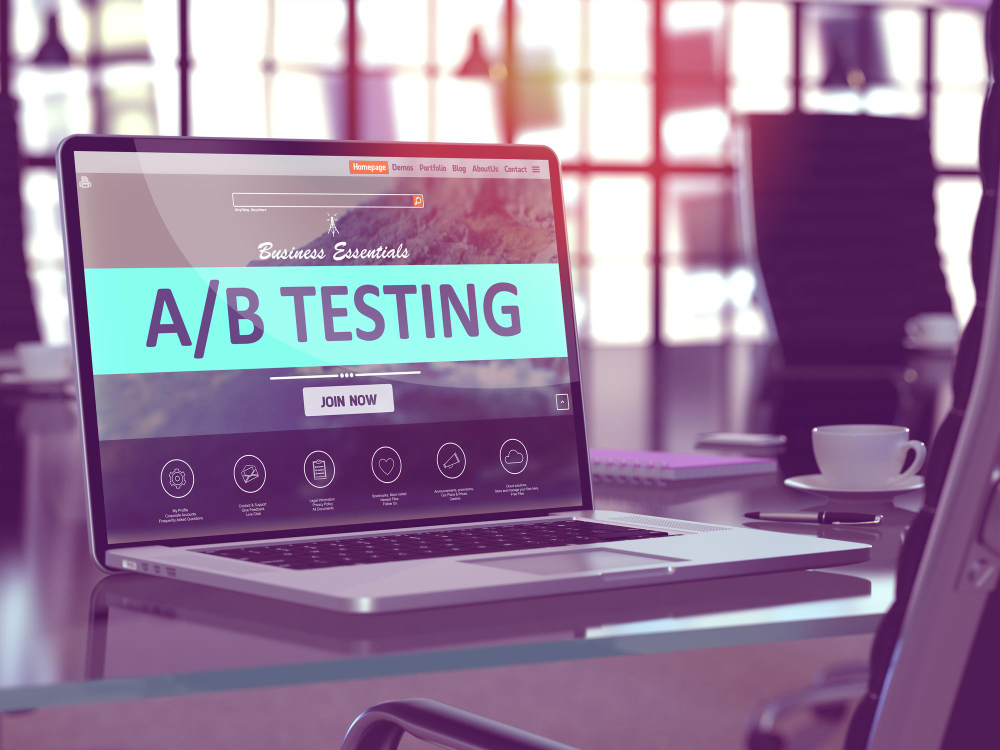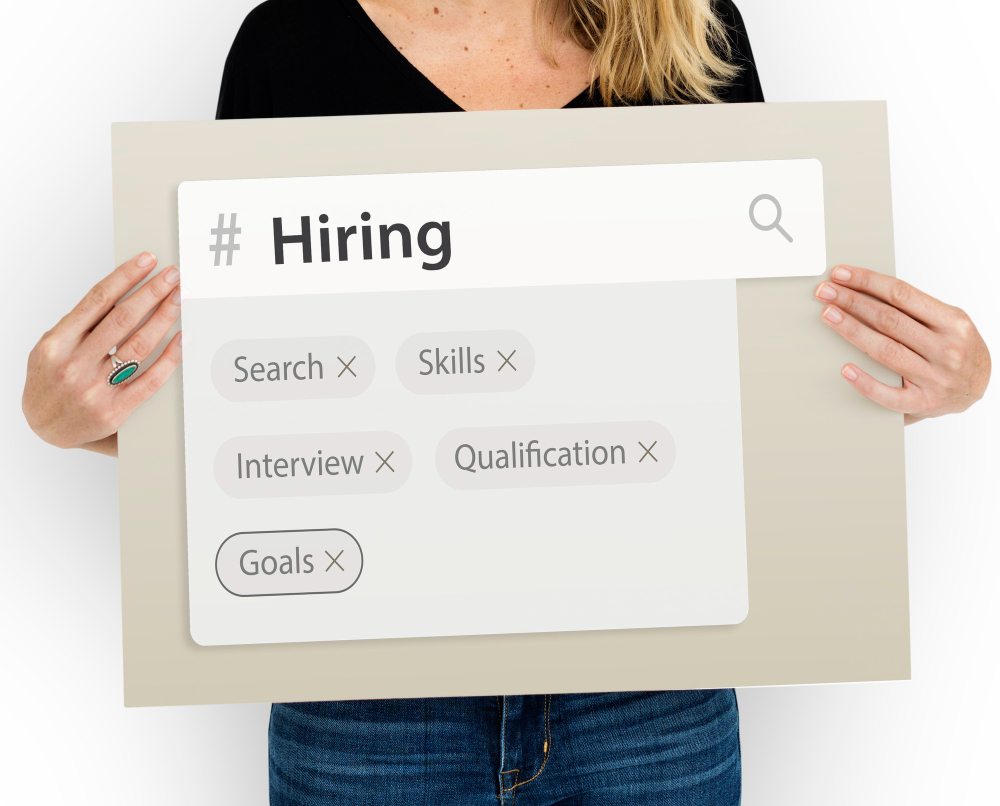Pay-Per-Click (PPC) advertisements are one of the most effective ways to increase website traffic and generate leads. However, you need a high-converting landing page to be able to capitalise on your ad campaigns. Creating a well-designed landing page can help you capture more leads and drive more conversions. In this article, we’ll discuss creating a high-converting PPC landing page that will help boost your ROI.
Creating an effective PPC landing page starts with understanding the needs of your target audience. You must understand what motivates them and what makes them take action on your website. Once you have this information, you can begin designing the perfect landing page for your campaign. Use persuasive headlines and visuals that are relevant to your target market and clearly explain the benefits of taking action on your website. Keep it simple and make sure you include either; your contact information or call-to-action buttons.
Finally, assess the performance of your landing pages regularly to ensure they’re up to date and optimised for maximum conversions. Test different variations of images, headlines, or CTAs to see which ones perform better than others. With some practice, you’ll soon be able to design high-converting PPC landing pages that will bring in more leads and customers for your business!

PPC, or Pay-Per-Click advertising, is like a well-oiled machine. With the right components, it can work efficiently and effectively to bring in high-converting leads. But first, let’s define what PPC is and what it means.
PPC stands for Pay-Per-Click advertising, an online marketing model where a company pays a publisher when a user clicks their ad. PPC advertising aims to deliver relevant ads that convert into sales or other desired actions from the user. It’s important to note that PPC campaigns require ongoing optimisation to be successful, as the competition for clicks grows more fierce each day.
In addition to being an effective way of driving traffic and conversions, PPC is also one of the most cost-effective forms of digital marketing. With the proper setup and strategy, companies can see a positive return on investment (ROI) from their PPC campaigns quickly and easily. This makes it an attractive option for businesses looking to grow their customer base and increase revenue.

Creating a high-converting PPC landing page is essential for any business running ads. It’s the entry point for potential customers to convert into paying customers. Several components should be included, as listed below, to ensure your page is optimised and has a good chance of converting leads to sales.
Your PPC landing page layout should be as simple and straightforward as possible. Keep the design minimalistic and ensure all elements are well-organised on the page so visitors can quickly find what they are looking for. Additionally, place a prominent call-to-action (CTA) button on the page, so visitors know exactly what action to take next.
Ensure to include social proof, for example, reviews or testimonials from past customers/clients, as building trust with your users is very important.
Page optimisation also plays an important role in creating a successful PPC landing page. Ensure your pages are optimised for search engines by incorporating keywords into headings and text, optimising images, and including meta tags in the HTML code. You should also ensure that your website loads quickly by compressing images and minimising third-party scripts or plugins.
Google, for example, scores your landing page with what they call a Quality Score which includes how relevant and useful your landing page is to people who click your ad
By following these tips, you can create a high-converting PPC landing page with ease. With an excellent page layout, a prominent CTA button, social proof and proper optimisation, you’ll have no problem converting more visitors into customers.
Creating a high-converting PPC landing page is like painting a masterpiece. It requires equal parts of finesse, creativity and attention to detail. To ensure your PPC landing page is effective, it’s important to understand the design and content best practices for creating one.
When it comes to PPC design, balance is key. Your landing page should be visually appealing while containing the right amount of text. Keeping images relevant and concise will help draw attention to your main message. Additionally, font choice can impact the effectiveness of your landing page; make sure you use fonts that are easy to read and create contrast between body text and headlines.
The content on your PPC landing page should be direct, relevant and engaging. This means avoiding jargon or technical language as much as possible; instead, opt for language that’s easy to understand.
Make sure your content focuses on how you can help the customer solve their problem instead of simply listing features or benefits associated with the product or service being offered.
It’s also important to include a call-to-action that stands out from other elements on the page. Make this button large enough so it’s easily found and clearly emphasises what action visitors need to take next.
With these guidelines in mind, you’ll be well on your way to creating an effective PPC landing page that converts visitors into customers.

Once you have your PPC landing page designed and content written, the next step is to begin optimising it for the best possible conversion rate. A/B testing is one of the most effective strategies for doing this. A/B testing involves creating two versions of a page (A and B), then running traffic towards both versions to measure which performs better. This allows you to quickly identify which elements on your page are driving conversions so that you can adjust or remove them accordingly.
When it comes to A/B testing, there are a few key things to keep in mind.
If done correctly, A/B testing can help you optimise your PPC landing page for maximum conversion rates. Take the time necessary to develop an effective strategy and be patient while tracking results – this way, you can ensure that your efforts will pay off in the end!
Tracking and optimising performance are one of the most important parts of creating a high-converting PPC landing page. Think of it like playing a game of chess: you make moves, evaluate the results, adjust your strategy accordingly, and repeat. To win the game of PPC, you need to know how to track and optimise your performance in order to stay ahead of the competition.
When it comes to PPC tracking and optimising, there are two main components:
With PPC tracking, you’ll want to monitor things like click-through rate (CTR), cost per click (CPC), impressions, bounce rate, and more. This data will help you identify areas where you can improve your campaigns so that they reach their full potential.
For landing page optimisation, you’ll want to focus on things like page speed and design elements such as images, fonts, colours, etc. You should also keep an eye on metrics like conversion rates (CR) and average time spent on the page (ATSP). By monitoring these numbers over time, you’ll be able to identify which elements are working well for your page and which ones need improvement. By making changes based on this data, you can create a high-converting PPC landing page that will drive more leads and sales for your business.
Analysing performance data is key when it comes to succeeding with PPC campaigns. Taking the time to track and optimise both your campaigns and landing pages will ensure that you’re getting the best possible results from your efforts – so don’t skip this step!
Figuring out the average cost of running a PPC campaign can be daunting, especially if you’re new to the process. The truth is the cost of running a PPC campaign can vary significantly depending on a variety of factors. To get an accurate estimate of your costs, using a PPC cost calculator or conducting a PPC cost analysis may be helpful.
When estimating the cost of your PPC campaign, there are several important factors to consider. You’ll need to determine how much you’re willing to spend on each click and what type of budget you want for your campaign. Additionally, you’ll need to decide which keywords are worth targeting and whether or not you should use remarketing campaigns. All these variables will affect the overall expense estimate for your PPC campaign.
Using tools like a PPC cost calculator can help you quickly and accurately calculate the estimated costs associated with running your campaigns and make sure that your budget is in line with what’s needed. Additionally, they provide valuable insights into what strategies have worked in the past and which strategies may be more successful in the future. With this information in hand, you can make informed decisions about where to allocate resources when it comes time to create and launch your campaigns.
With careful planning and research, it’s possible to determine an approximate budget for your next PPC campaign that will get you results without breaking the bank. Knowing what kind of budget works best for your business and taking advantage of the available resources can help ensure that you get maximum returns on investment from every dollar spent on advertising.

Creating a high-converting PPC landing page is like baking a cake – it takes patience, skill, and the right ingredients. Developing a PPC page requires careful optimisation and planning to ensure maximum conversion rates and ROI. How long does it take?
The answer isn’t simple; it depends on how much time and effort you’re willing to invest in your page’s development. Generally speaking, developing an effective PPC page can take anywhere from two weeks to several months, depending on your goals and the complexity of your project.
To create an effective PPC landing page, you’ll need to consider factors such as design elements, overall usability, calls to action, messaging, and more. And don’t forget the importance of keyword research and optimisation – this will help ensure that your target audience finds your page when they search for related terms. All of these elements work together to create a high-converting PPC landing page that drives conversions effectively.
The length of time taken for proper development will depend on your needs – if you want something quick or are working with limited resources, then two weeks may be enough. If you have more time or require additional features like A/B testing or advanced analytics tracking, then it might take longer than two months to get everything just right. It all boils down to having the right strategy in place before beginning any PPC page development process.
Creating a high-converting PPC landing page is only the beginning. To maximise its performance, you need to know how to promote it effectively. What are the best techniques for promoting a PPC landing page?
There are several tried-and-true methods that can be used to promote a PPC landing page. These include search engine optimisation (SEO), pay-per-click (PPC) advertising, and social media marketing. SEO involves optimising your website content so that it ranks higher in search engine results pages (SERPs). This will drive more organic traffic to your site. PPC advertising involves bidding on certain keywords so that your ads appear at the top of SERPs, thus getting more clicks from potential customers. Social media is an effective way to reach larger audiences, with platforms such as Facebook and Instagram providing targeted ad formats that allow you to reach highly specific audiences.
Another technique for promoting a PPC landing page is content marketing. Content marketing involves creating educational blog posts, videos, infographics, and other content types related to the products or services featured on your site. This can help increase visibility and boost engagement with your audience. Additionally, email marketing campaigns can be used to send out newsletters and special offers directly to subscribers who have expressed interest in what you have to offer. Finally, influencer marketing is an effective way of reaching an even wider audience by partnering with influencers who already have large followings on social media platforms.
Overall, there are many strategies you can use to promote a PPC landing page and drive more sales or leads for your business. From SEO and PPC advertising to content marketing and influencer partnerships, these tactics should all be part of any comprehensive digital marketing campaign for maximum success.
Did you know that 85% of marketers have found success in using tracking and optimisation tools to improve their PPC performance?
It’s no surprise, then, that these same tools are essential for creating a high-converting PPC landing page. When it comes to an understanding the metrics behind your PPC campaigns, there are a number of great tools available to make tracking and optimising easier.
There are a variety of metrics that you should track when it comes to optimising your PPC campaigns. These include click-through rate (CTR), cost per click (CPC), cost per acquisition (CPA), conversion rate (CR) and return on investment (ROI). By monitoring these metrics, you can identify areas where there are opportunities for improvement or areas in which certain changes may need to be made.
The best tools for tracking and optimising your PPC performance will depend on what type of campaign you’re running and which metrics you want to focus on. Google Analytics is one of the most popular options as it offers comprehensive reporting capabilities, allowing users to analyse data from multiple sources in order to gain insights into their campaigns. Other popular options include AdWords Editor, Bing Ads Intelligence and AdRoll Dashboard, which all provide helpful features such as automated bidding strategies, budget management tools and real-time analytics.
No matter what type of campaign you’re running or which metrics you want to focus on, using the right tracking tool can help you get more out of your PPC efforts. With the right combination of data analysis and optimisation techniques, these tools can empower marketers to achieve higher ROIs from their campaigns while also reducing costs associated with them.

When creating a pay-per-click (PPC) campaign, it’s important to determine which keywords to target. This is the foundation of any successful PPC strategy and will help you create campaigns that are targeted and effective. To do this, there are several key steps to consider.
First, you’ll need to conduct keyword research. This involves researching what your customers are searching for online, as well as analysing search trends to determine which keywords may be more popular than others. Once you have identified potential keywords for your PPC campaign, it’s important to assess their competition level, cost per click and search volume so that you can identify the most effective ones for your goals.
Next, you’ll want to test different ads with those keywords in order to optimise their performance. This is an ongoing process that requires monitoring and adjusting the ads accordingly in order to maximise clicks and conversions. Additionally, it’s important to track the performance of each ad over time in order to identify which ones are performing best and adjust them accordingly if needed.
By conducting keyword research, assessing keyword competition levels and testing different ads with those keywords, you can ensure that your PPC campaigns are targeting the right keywords in order to achieve success. With a bit of testing and optimisation along the way, you’ll be able to set up a successful PPC campaign that drives results.
Creating a high-converting PPC landing page is not an easy feat. It can take time, effort, and money to get it right, but the rewards are worth it. With the right tools and strategies in place, you can maximise your return on investment and ensure your campaign is successful.
When it comes to creating a successful PPC landing page, keyword research is essential. This will help you determine which keywords are most likely to drive conversions and optimise your campaign accordingly. Additionally, tracking and optimising performance with the right tools will ensure that your efforts are paying off.
At the end of the day, creating a high-converting PPC landing page takes time and effort – but with the right strategies in place, I’m confident you’ll be able to create a successful campaign that brings in more leads and customers for your business.
If you need help with any of the topics above that will help you grow your business or your PPC Advertising Campaigns, feel free to get in touch with our PPC specialists on 028 2517 0310 or book a consultation.